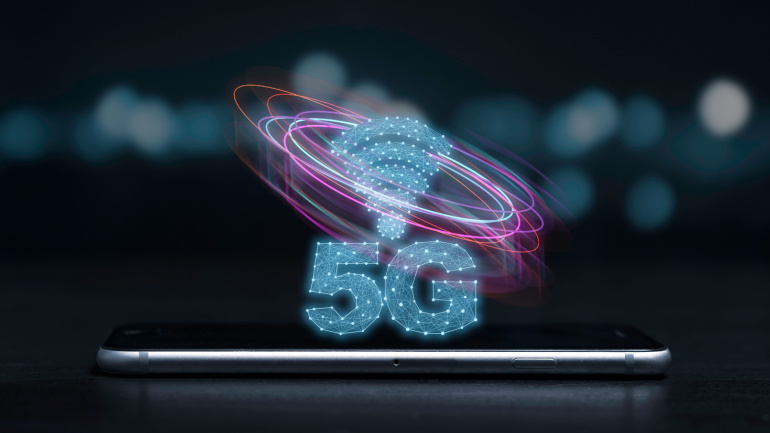Huawei and UAE telecom provider du have deployed the first indoor 5G-Advanced network in the Middle East, utilizing three carrier aggregation technology. This network delivers peak data rates of 5.1Gbps, enhancing indoor connectivity in shopping malls, hotels, airports, and residential buildings.
Claro has achieved a milestone in Brazil by successfully testing 5G-Advanced (5G-A) in partnership with Huawei, reaching speeds over 10 Gbps. Utilizing a commercially active 5G antenna and advanced modems, the trial signifies a leap forward in mobile internet technology.
Recognizing the growing demand for mid-band spectrum, the International Telecom Union (ITU) appends new frequency bands for 5G usage. A significant addition was the 6GHZ spectrum, which is anticipated to facilitate the 5G evolution. Multiple global operators have conducted successful tests, making strides toward a seamless shift to 5G-Advanced. This advancement not only opens a myriad of industry opportunities but also promises an improved user experience potentially comparable to the fiber experience.
In a quantum leap for telecommunications, the emergence of 5G-Advanced next year is set to revolutionize user experiences and catalyze operator revenue growth. Unveiling at the 2023 MWC Shanghai, Huawei is geared to lead this evolution with its innovative capabilities and AI-empowered design. Pioneering 5.5G network solutions, the telecom giant intends to enhance services for a sprawling customer base spread over 260 5G networks worldwide. Close on its heels, is the seamless integration of cloud with the core network, creating intelligent entities of simple Internet-based objects, promising profound implications in IoT.
Rogers Communications’ initiation of Ericsson’s 5G Advanced technology in Canada sets a new standard for telecommunications, focusing on enhancing network efficiency and IoT connectivity. This advanced technology optimizes wearables, sensors, and essential services for emergency responders.
M1 has launched Southeast Asia’s first 5G RedCap network services, enhancing its role in the 5G-Advanced arena by integrating existing IoT technologies with comprehensive 5G solutions. RedCap offers lower latency and extended battery life.
U Mobile has partnered with Telekom Malaysia to accelerate 5G deployment using TM’s extensive fiber network. With Huawei and ZTE as key tech partners, U Mobile aims for rapid nationwide coverage, focusing on high demand areas while maintaining a wholesale access deal with DNB.
U Mobile plans to exit DNB and build its own 5G network, aiming to cover 80 percent of Malaysia’s populated areas within a year. Partnering with Huawei and ZTE, the company will focus on advanced 5G features and enhanced indoor coverage while continuing to offer 5G services through a wholesale agreement with DNB.
MasOrange has launched Spain’s first 5G Advanced network, setting a new benchmark in telecoms. Deployed in Seville, the network uses mid and low bands, the 26 GHz spectrum, and a 3.5 GHz band, offering innovative services like 5G New Calling, enhancing connectivity and customer experience.
U Mobile is transforming Malaysia’s 5G landscape by partnering with Huawei and ZTE to deploy the country’s second 5G network. Aiming for 80% population coverage within a year, U Mobile emphasizes robust 5G performance. This strategic move aligns with government efforts to boost competition and service quality.













